AMD’s patient roadmap has become a highway to success
While everyone was focused on Nvidia’s meteoric rise, AMD was preparing the hardware needed to take the fight to its long-time competitor

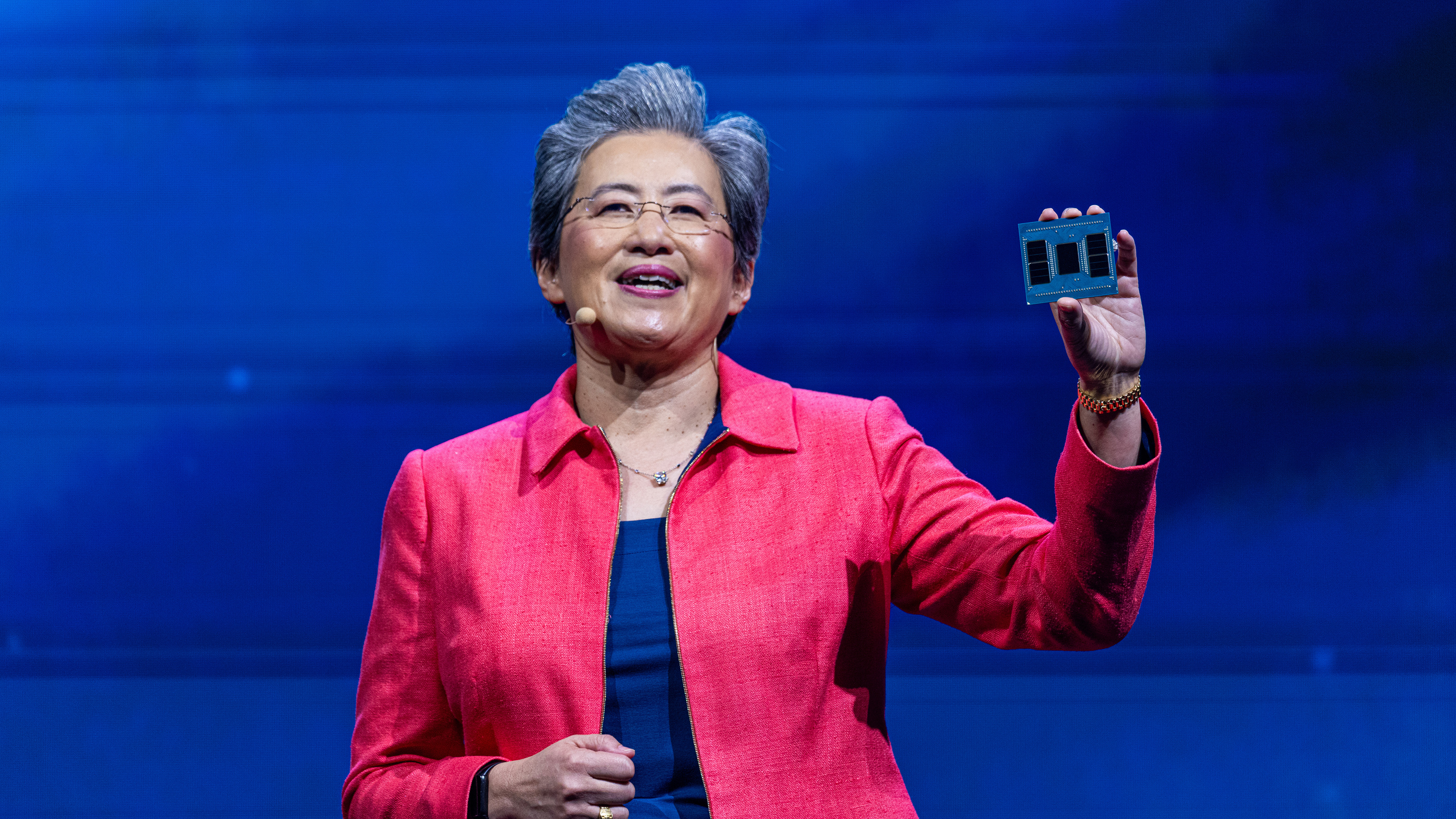
AMD chief executive Lisa Su ended her keynote speech at the company’s Advancing AI event with a comment marking her tenth year in the hot seat at the chip maker. It was a perfect week to celebrate such a major milestone.
The annual conference saw a raft of exciting new announcements for the firm, including launches for its new MI325X Instinct GPUs, EPYC CPUs, and Ryzen series to help AMD stamp its mark on the burgeoning Copilot+ PC market.
A sense of optimism permeated the keynote session and indeed the whole conference, with Su and fellow executives highlighting the company’s strong position as it moves into a critical period in the year ahead.
“We’re no longer a contender, we view ourselves as a leader,” Dan McNamara, SVP and GM at AMD’s server business unit, told ITPro in a briefing.
All told, AMD appears to be in a very good rhythm right now - and it’s been a long time coming. Under Su’s leadership, the chip maker has clearly been playing the long game: laying critical foundations, building out its ecosystem, acquiring wisely, and biding its time. And it’s beginning to pay dividends.
In 2017, AMD held a zero percent share of the data center market by revenue – today it stands at 34%, underlining the company’s rapid growth in this domain.
A glimpse at this surging potential for AMD came in its recent quarterly earnings call, which saw the company record a 405% increase in operating income in its data center unit compared to the same quarter in the year prior.
Sign up today and you will receive a free copy of our Future Focus 2025 report - the leading guidance on AI, cybersecurity and other IT challenges as per 700+ senior executives
With the launch of its new Instinct GPU series, more promise awaits the chip maker. The MI325X - and future iterations roadmapped at the event - could be the ticket to tackling Nvidia’s dominance in the market given it’s more than a match for its current H200 Tensor Core GPU.
AMD told attendees that the MI325X can outperform the H200 by up to 40% in certain AI inference benchmarks, for example.
AMD is ready for major gains in 2025
Andrew Buss, senior research director for EMEA at IDC, tells ITPro that AMD appears to be in a prime position to launch a major push in the market in the year ahead and could gain even more ground on Intel.
“I think AMD has done very well in the last number of years since Lisa took over,” he says. “As we saw, they’ve gone from zero percent data center share - particularly for server CPUs, up to around a third of the value of the x86 server market. So they’re very potent compared to Intel.
“If you actually look at the progress of something like an ARM-based server, AMD has actually done far better,” Buss adds. “I think that shows that if you've got the right product with a performance advantage, a cost advantage, or efficiency advantage and you can deliver on your roadmaps and your product promises, you can be accepted.”
AMD did “a lot of the hard work around 2018 to 2020,” Buss notes, pointing to its ability to continually improve upon product releases across its main target areas as further proof of its sharpened focus.
RELATED WHITEPAPER

“I think now we're seeing them expanding,” Buss says. “They’ve made some good acquisitions. They’ve always had the graphics division but maybe they hadn’t focused on AI as much as Nvidia had.
“Nvidia caught the generative AI wave, and AMD’s recognized that. Now with the Instinct series, the latest generation, the 300 series, is much more tuned to that.”
It must be frustrating for Nvidia’s competitors. In recent years, the firm’s meteoric rise has captured the attention of the media and tech industry stakeholders alike, with the generative AI race surging it to record profits and a formidable market cap.
While there are no concrete signs that the company will be knocked off its perch any time soon, this attention has enabled competitors such as AMD to innovate somewhat out of the limelight. This breathing space might be the best thing AMD could’ve hoped for.
Moving forward, the chip maker can frame itself as the best viable alternative to Nvidia. While exact details on pricing were left unmentioned, much of the messaging around its new generation chips pointed toward them being a more cost-effective option than Nvidia’s pricey hardware.
Moving forward, the chip maker can frame itself as the best viable alternative to Nvidia. While exact details on pricing were left unmentioned, much of the messaging around its new generation chips pointed toward them being a more cost-effective option than Nvidia’s pricey hardware.

Ross Kelly is ITPro's News & Analysis Editor, responsible for leading the brand's news output and in-depth reporting on the latest stories from across the business technology landscape. Ross was previously a Staff Writer, during which time he developed a keen interest in cyber security, business leadership, and emerging technologies.
He graduated from Edinburgh Napier University in 2016 with a BA (Hons) in Journalism, and joined ITPro in 2022 after four years working in technology conference research.
For news pitches, you can contact Ross at ross.kelly@futurenet.com, or on Twitter and LinkedIn.
-
 Framework Desktop review: Modular design and ferocious AMD performance
Framework Desktop review: Modular design and ferocious AMD performanceReviews AMD's Ryzen Max CPUs debut in Framework's impressive modular self-build small-form desktop PC
-
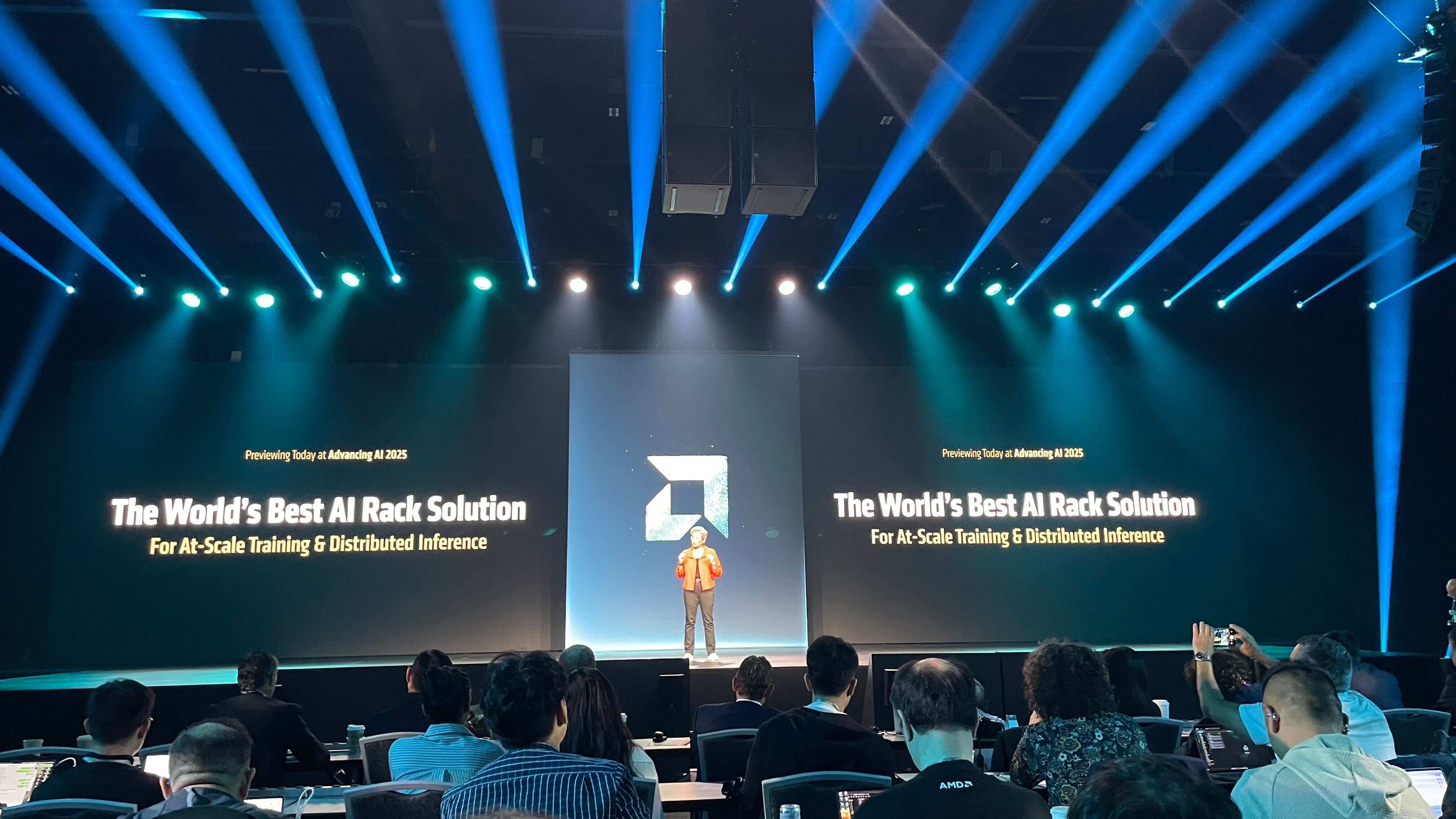 AMD chief exec Lisa Su says its new Helios AI rack is a 'game changer' for enterprises ramping up inference – here's why
AMD chief exec Lisa Su says its new Helios AI rack is a 'game changer' for enterprises ramping up inference – here's whyNews The integrated hardware offering will feature upcoming AMD chips and networking cards
-
 AMD Advancing AI 2025: All the latest news and updates from San Jose
AMD Advancing AI 2025: All the latest news and updates from San JoseFollow all the news and updates live from AMD's latest Advancing AI conference
-
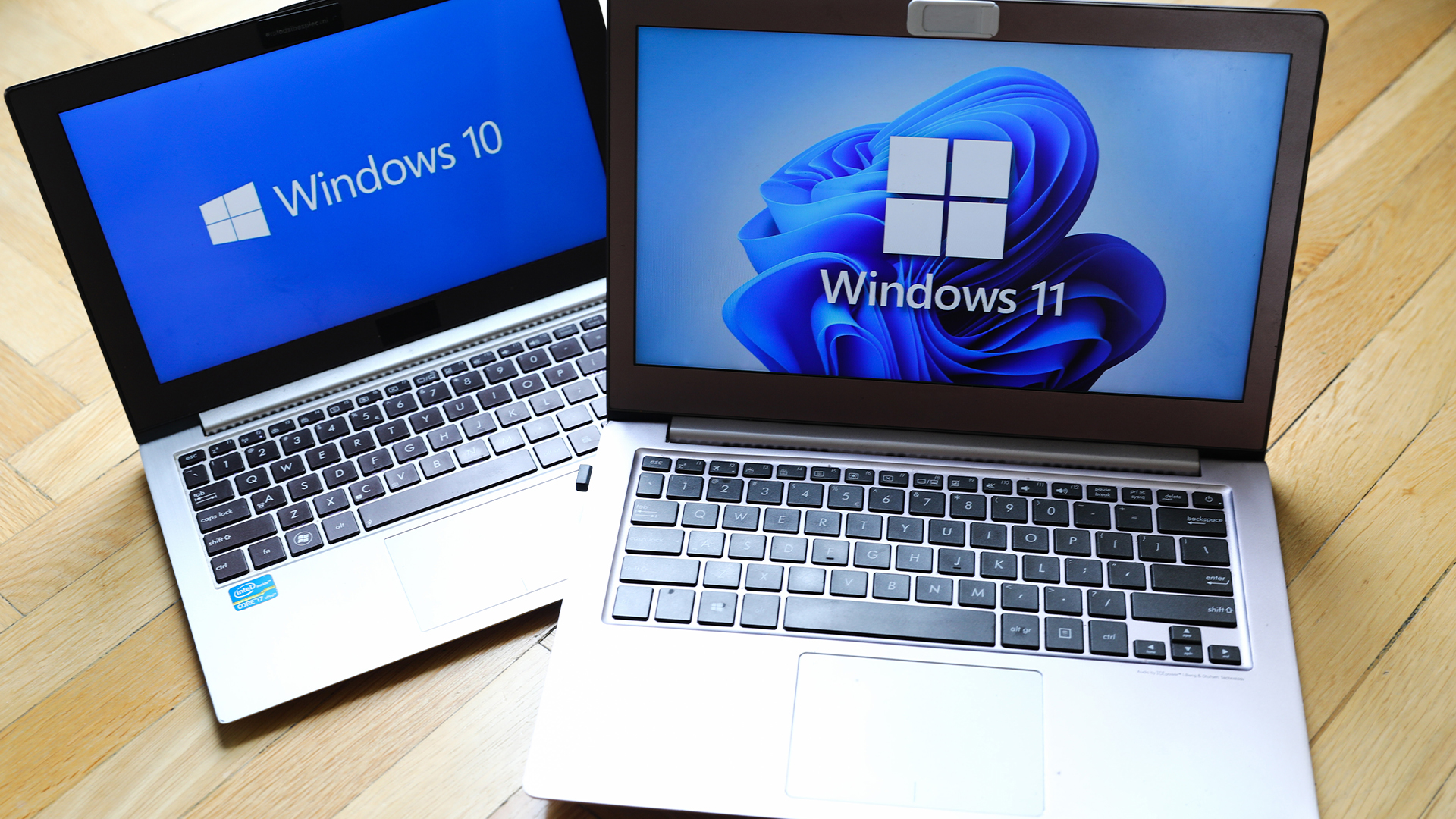 What enterprises need to be Windows 11 ready
What enterprises need to be Windows 11 readySupported Hardware purchasing will play a key role in delivering success during the Windows 11 migration rush
-
 Why the CPU you chose is the key to Windows 11
Why the CPU you chose is the key to Windows 11Supported The end of Windows 10 is on the horizon – it’s time to upgrade to an fTPM-protected processor
-
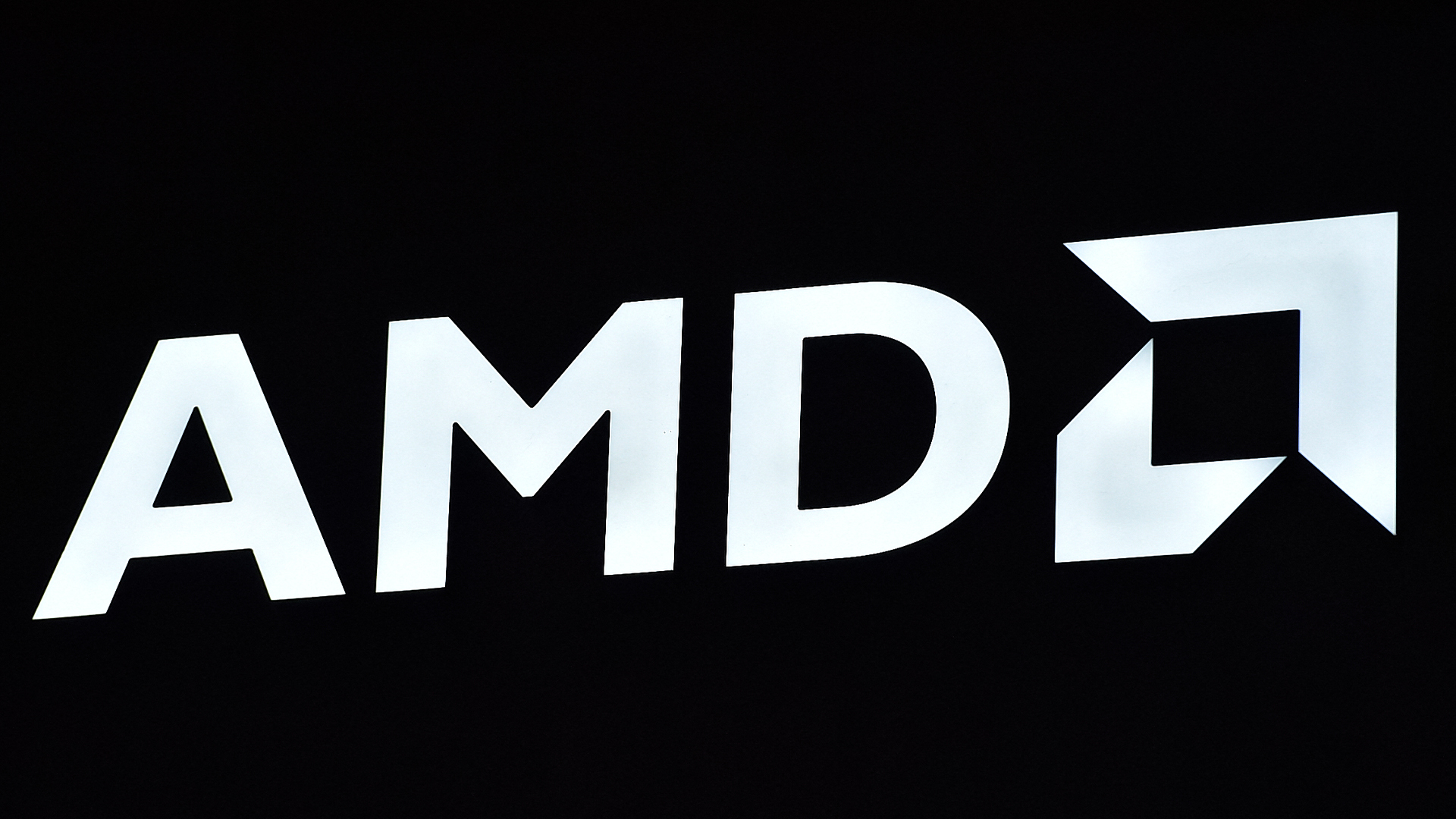 AMD and Intel’s new x86 advisory group looks to tackle Arm, but will it succeed?
AMD and Intel’s new x86 advisory group looks to tackle Arm, but will it succeed?News The pair will look to make x86 CPU architecture more interoperable
-
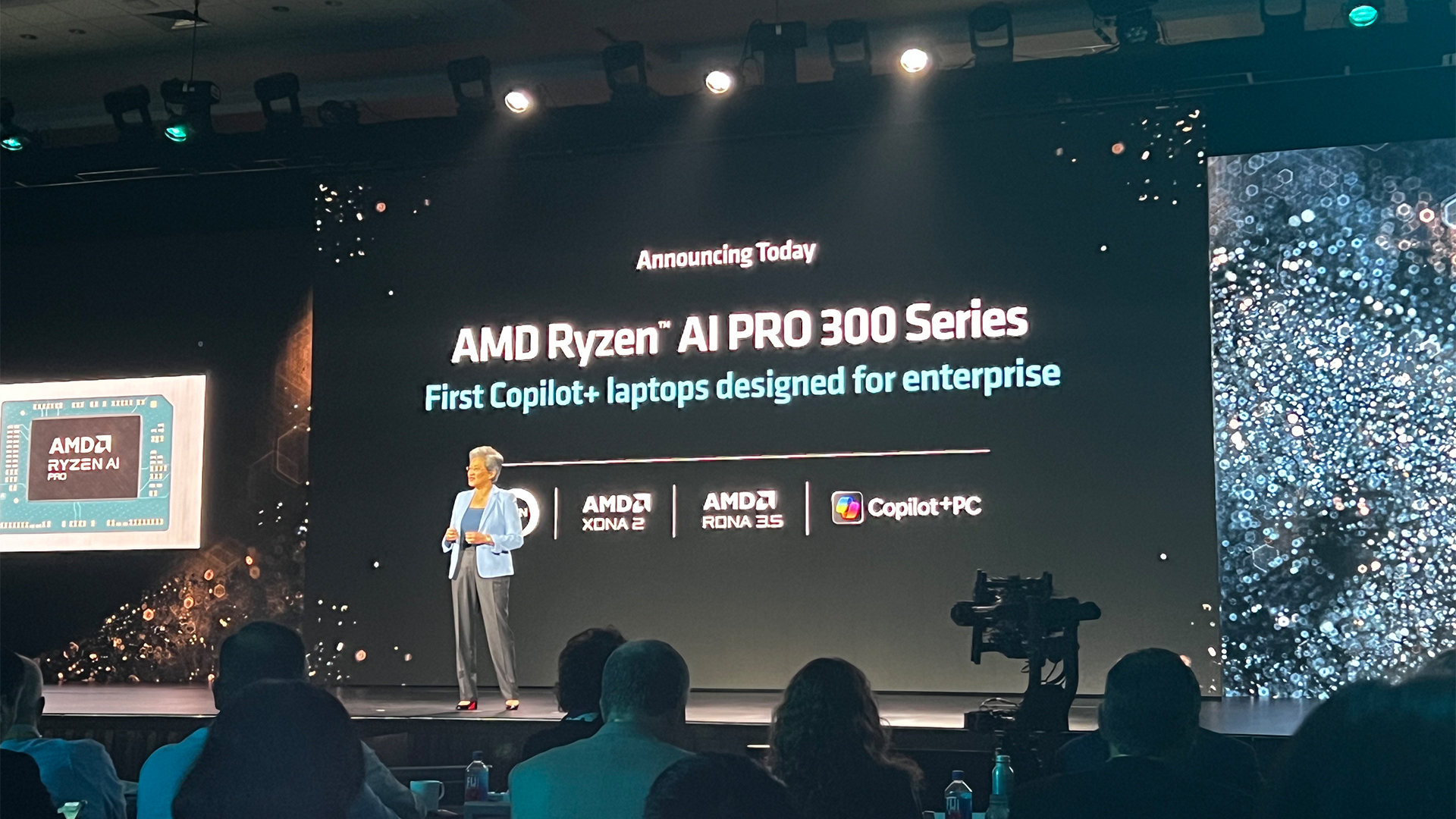 AMD just made a big statement in the AI PC race with its Ryzen AI Pro 300 series processors
AMD just made a big statement in the AI PC race with its Ryzen AI Pro 300 series processorsNews With all eyes focused on the AI PC craze, AMD looks to one-up the competition
-
 AMD’s new Instinct GPUs might just blow Nvidia out of the water
AMD’s new Instinct GPUs might just blow Nvidia out of the waterNews The chip maker unveiled its newest Instinct GPU series in San Francisco today – and it’s very bullish on performance in the race with Nvidia

